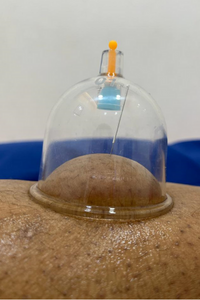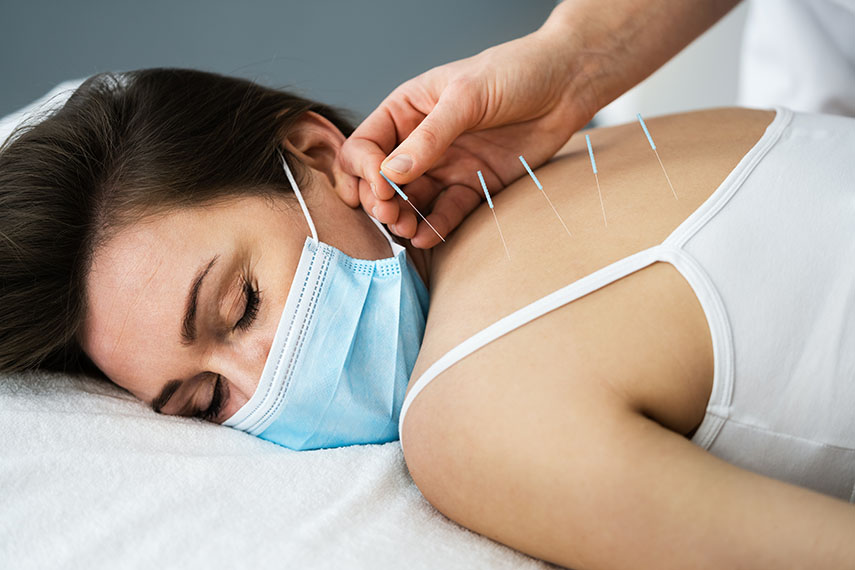Dry Needling
Dry needling is a technique that physiotherapists and other trained healthcare providers use to treat musculoskeletal pain and movement issues. It’s almost always used as part of a larger pain management plan that could include exercise, stretching, cupping therapy and other techniques. During this treatment, a provider inserts thin, sharp needles through your skin to treat underlying myofascial trigger points.
What is a Trigger Point?
Trigger points are knotted, tender areas that develop in your muscles. These trigger points are highly sensitive and can be painful when touched. Sometimes, a trigger point may be near the location of your pain. But they’re also often the cause of referred pain. Referred pain is pain that affects another part of your body.
When dry needling is applied to your muscles and tissues, it can decrease tightness, increase blood flow, and reduce local and referred pain.

Benefits of Dry needling with Cupping therapy
- Released endorphins
- Decrease pain and Relax muscles.
- Increasing Blood Circulation
- Relieve Muscle Stiffness / Tension
- Improve overall blood flow
- Promote Cell Repair
- Form New Connective tissues
- Create new blood vessels in tissues
Dry needling with TENS
Dry needling and transcutaneous electrical nerve stimulation (TENs) therapy can both be used to help with muscle pain, soreness, spasm, atrophy, and weakness. Traditional applications of TENs therapy is to place sticky pads that transmit the electrical impulses to the skin, and into the muscles. Through the use of dry needling and/or acupuncture concepts, TENs therapy can be incorporated with needle applications to provide a deeper application to the muscles being stimulated.
